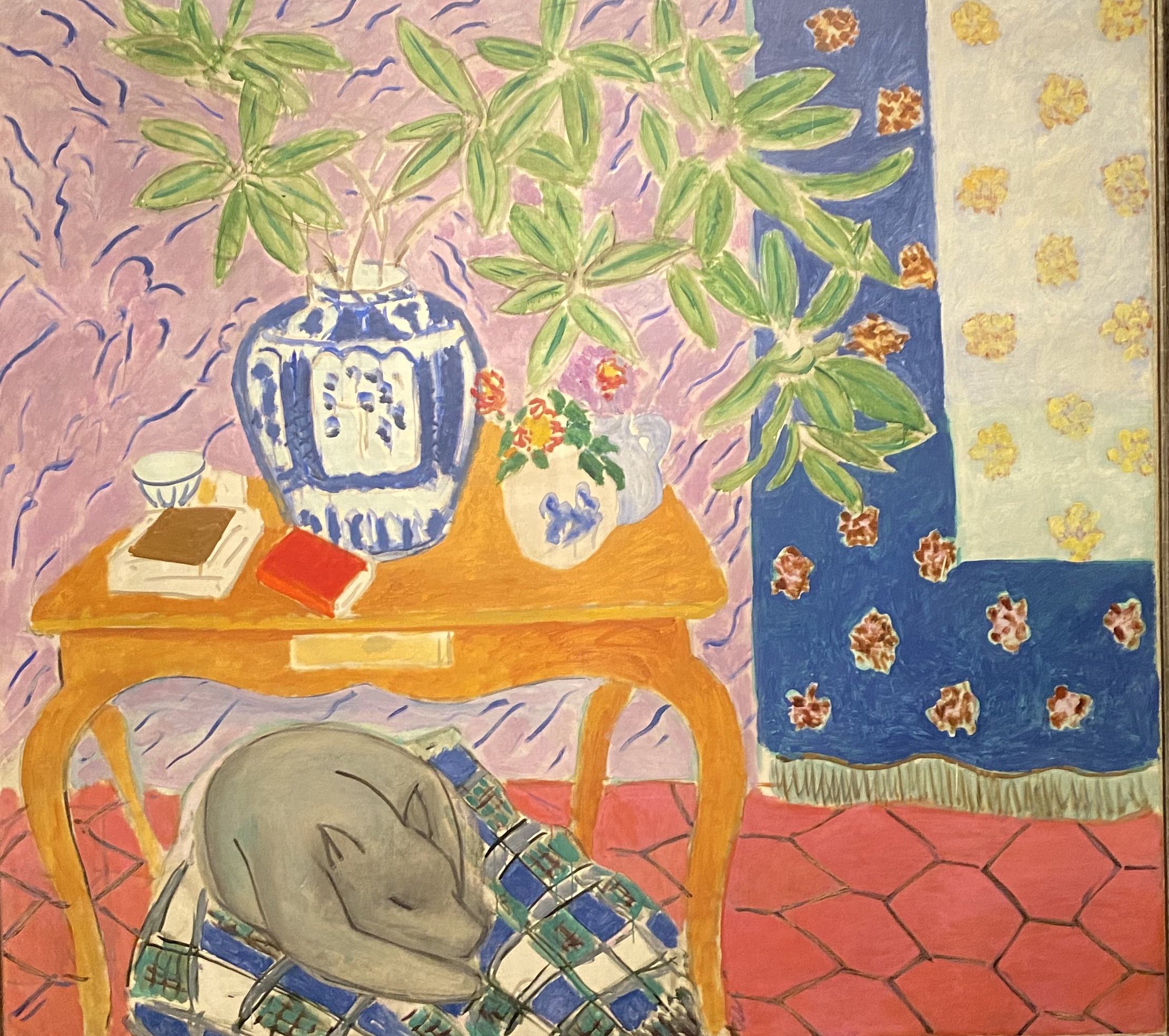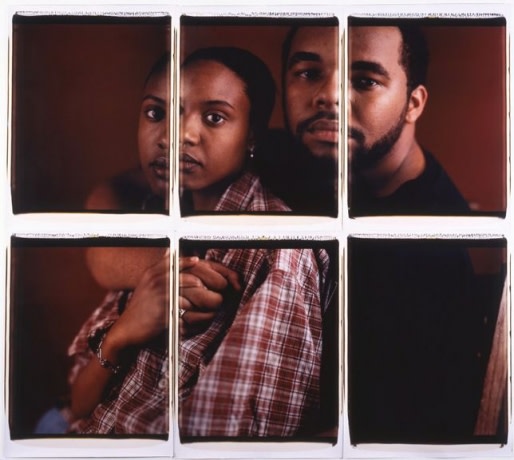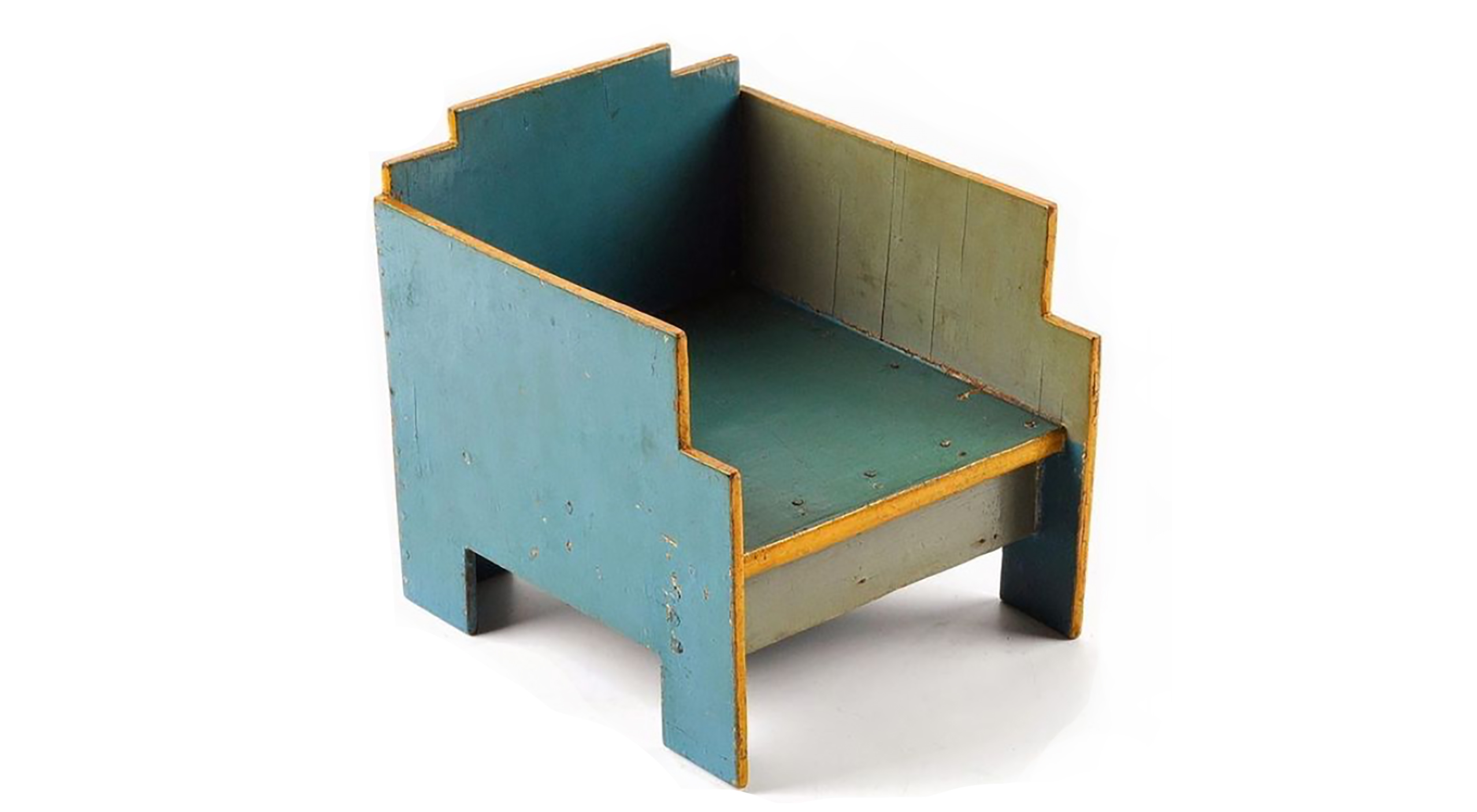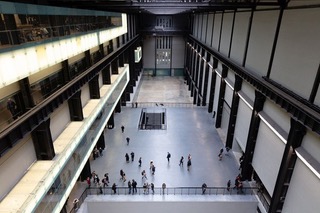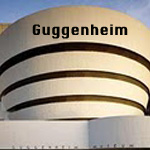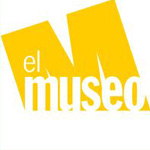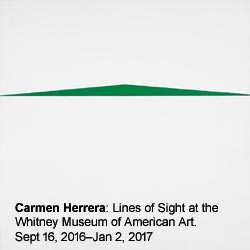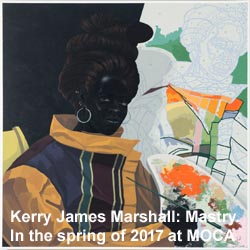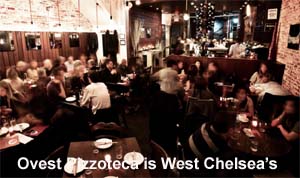|
In regards to art history, I think it’s both linear and simultaneous. I mean, at this moment all information and art is always already present, and it’s all interrelated to what we make now, like some non-prioritized google search, like buoys on the ocean. Of course, I have a team of artists I want to hang with, and a story or trajectory I want to partake in. I’m into Romanticism, and how it segues through the Bauhaus into Abstract Expressionism, the ideals and goals, but not the heaviness and drama. I like the sublime. I like talking about spirituality. I like the experience all those folks were aiming at. |
|
“If I can give that sense, of being, breathing, living,
I’m a happy man, that’s what I want.”

Kadar Brock, redemitf, 2005-11. Oil, acrylic, spray paint, and house paint on canvas, 58x54in.
Courtesy the artist and The Hole, NYC
Matt Jones Interviews Kadar Brock
redemitf, redemic, and deredemisc are recent painting titles. You used to use Dungeons and Dragons spell names for your titles (which linked to how “casting” certain spells lead to material and mark making decisions in the work). They’re always lowercase. They feel more scientific and less fantasy based. Where do these new titles come from? What is the relationship between a painting and its title? They seem mysterious and truthful—kind of how I think about science.
Kadar Brock: These titles also reference D&D, but a little more obscurely; they tie into how I got around to making these paintings. I wanted to go further with the RPG aspect of those earlier paintings and cast rituals (as opposed to spells, like you mention). The titles are initials for the name of a ritual, and the object (former painting) of the ritual. In the works we’re talking about, the ritual is a ‘dis-enchant magical item’ ritual (referring to the ‘demi’ in the titles), so that’s the stripping away part of them. I’ve started adding back into the paintings lately, so there’s also a ‘re-enchant’ aspect, so for that I’ll add in an ‘re’. The rest of the letters refer to the title of the original that’s being recycled. They’re lowercase because I don’t know that they need to be proper names, they’re more just notations, reductions, or recordings of a series of actions.
MJ: I’ve been lucky enough to touch the surfaces of your paintings. Kathy Grayson has commented positively on touching your paintings, too. They feel like baby powdered skin. They are like incredibly sweet romantic moments. They’re very tender. De Kooning said, “Flesh was the reason oil paint was invented,” but I don’t think the word flesh applies—your paintings are sweeter than that and your materials don’t comply with a traditional sense of oil paint. Do you think about skin and the body relative to your work? I think about the breath and breathing when I’m in a room of your paintings. What role does the body play in your practice?

Courtesy the artist and The Hole, NYC
MJ: Where do you place your work in art history? Who are your teachers and mentors from across time? Do you think about art history this way, like it’s there to participate in and exchange with? Or maybe its time isn’t linear like that and more expansive and spread out. What are your greatest inspirations? What are your greatest aspirations?
KB: Man, this is the big one. I guess I’ll start with the last part because it ties into the previous question. I think my greatest aspiration isn’t anything other than to give that experience we were just touching on, to create a point of empathy, to give painting hugs.
In regards to art history, I think it’s both linear and simultaneous. I mean, at this moment all information and art is always already present, and it’s all interrelated to what we make now, like some non-prioritized google search, like buoys on the ocean. Of course, I have a team of artists I want to hang with, and a story or trajectory I want to partake in. I’m into Romanticism, and how it segues through the Bauhaus into Abstract Expressionism, the ideals and goals, but not the heaviness and drama. I like the sublime. I like talking about spirituality. I like the experience all those folks were aiming at. I like how the Rosenbergian painting as arena, ties into ritual and conceptual art, and how that can set up poetic actions paintings.








